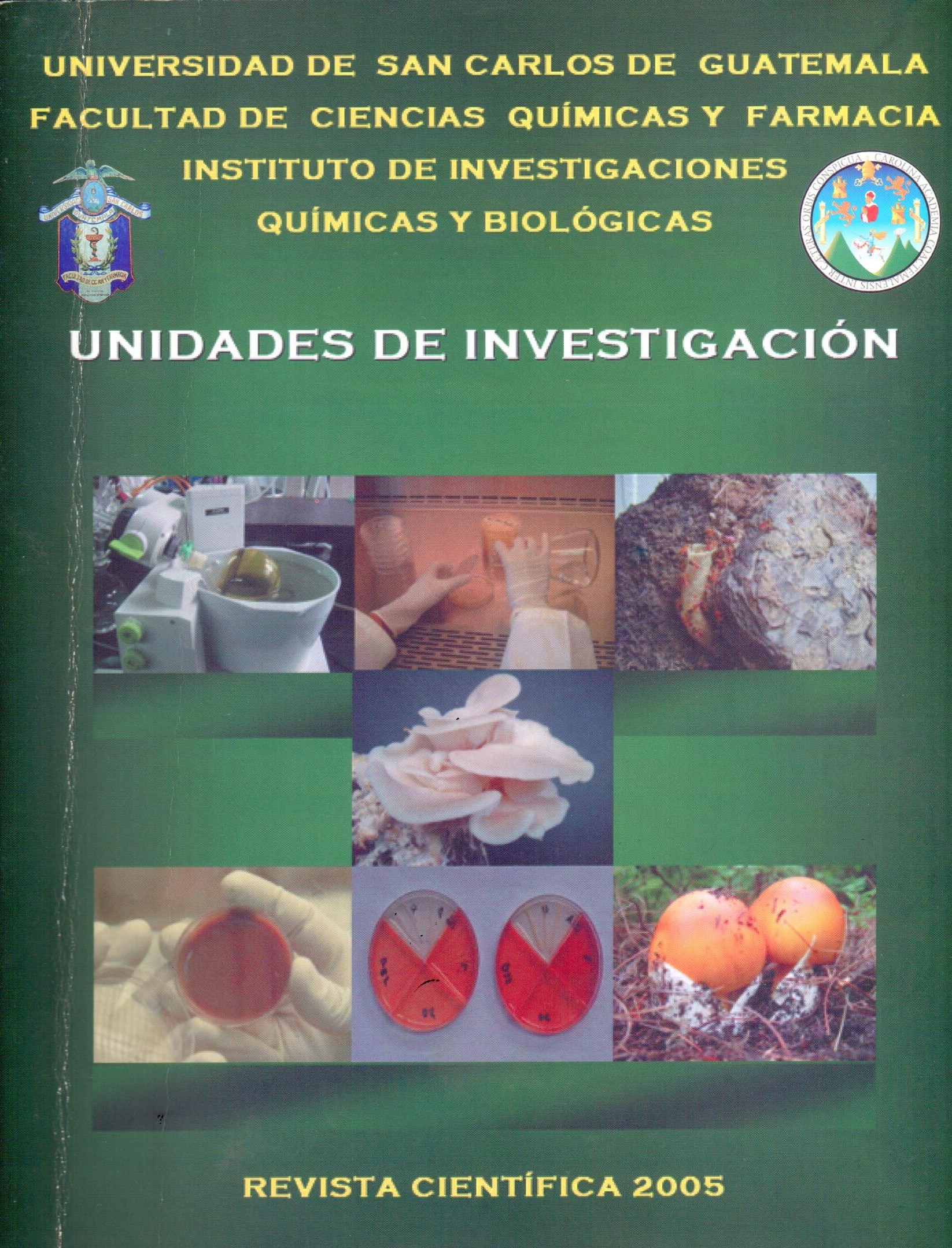Environmental Investigation Group
DOI:
https://doi.org/10.54495/Rev.Cientifica.v17i2.208Keywords:
Environment, Development of mitigation, Environmental improvement, Biodiversity studiesAbstract
The Environmental Research Group (GIA) is dedicated to carrying out research for the determination of the quality of the environment, as well as in the implementation and development of mitigation and environmental improvement measures, in addition to carrying out some biodiversity studies (Plankton and Macrohongos), that allow it to identify some species that may be used as indicators of the quality of an environment and / or be used in bioprospecting studies. The research unit has between its theme that is developed below: One of the most serious environmental effects caused on surface water resources due to inadequate management of solo residues is the contamination of water that are often sources of drinking water supply. On the one hand, the organic matter of waste decreases dissolved oxygen and increases nutrients, N and p, which causes the uncontrolled juice of algae and generates eutrophication processes. On the other hand, municipal solid waste frequently is mixed with industrial hazardous waste, which originates chemical contamination. As a consequence, the loss of the resource for human consumption occurs, the aquatic fauna is destroyed and the landscape is also determined. It also involves high investments if you want to recover the resource. In the city of Guatemala, approximately 60% of industrial enterprises are found, which due to a lack of adequate control in the waste of wastewater, pour these waste which becomes a contaminating factor when downloaded in the drainage system without Previous treatment. These discharges add organic and inorganic substances that affect both the composition of the water as a sewer system proper. Among the effects are: Physicists such as turbidity and the presence of suspended solids in water: Chemicals modify the composition and organic characteristics of water and bacteriological ones that provide a better livelihood to bacteria and these multiply.
Downloads
References
Acurio, G; Rossin, A; Teiveira, P; Zepeda, F. Diagnóstico de la situación del manejo de residuos sólidos y municipales en América Latina y el Caribe. Publicación conjunta del Banco Interamericano de Desarrollo y la Organización Panamericana de la Salud División de Medio Ambiente y Desarrollo Sostenible. Washington D.C. 1997. DOI: https://doi.org/10.18235/0010235
ECOS AL, Primera conferencia Centroamericana sobre Ecología y Salud San Salvador: Organización Panamericana de la Salud, Organización Mundial de la Salud, 1992.
Estado del Ambiente y los Recursos Naturales en Centroamérica 1998. Una publicación de la Comisión Centroamericana de Ambiente y Desarrollo -CCAD-. San José, C.R 1998. 179p.
Home, AJ. 1994. Limnology. 2nd. Ed. McGraw Hill. California, 576 pp.
Logernann, H. et al. 1987. Envenenamiento mortal por hongos en Guatemala. Rev. Mex. Mic. 3: 211-216
Quiroz, l. Análisis Económico de la Contaminación de Aguas en América Latina. Publicación conjunta del Centro Internacional para el Desarrollo Económico - CINDE- y Programa de Postgrado en Economía IladesGeorgetown University. 1995, 461p.
Roldán, G. 1991. Fundamentos de Limnología Neotropical. Editorial Universidad de Annoquia, Colombia. 529 pp.
Sommerkamp, y. y G. Guzmán. 1990. Hongos de Guatemala. n. Especies Depositadas en el Herbario de la Universidad de San Carlos de Guatemala. Rev. Mex. Mic. 6: 179-197.
Sommerkamp, Y. 1990. Hongos Comestibles en los Mercados de Guatemala. Dirección General de Investigación, Universidad de San Carlos de Guatemala. 77pp.
Universidad de San Carlos de Guatemala. Programa Universitario de Investigación en Recursos Naturales y Ambiente -PUIRNA-. Servicios Públicos Urbanos. Los residuos sólidos en la Ciudad de Guatemala. Guatemala, Dirección General de Investigación. 49p.
Universidad de San Carlos de Guatemala. Programa Universitario de Investigación e Recursos Naturales y Ambiente -PUIRNA-. Diagnóstico de los Recursos Naturales y Ambiente. Guatemala. Dirección General de Investigación. 334p.
Downloads
Published
How to Cite
Issue
Section
License
Copyright (c) 2005 Oscar Cóbar Pinto

This work is licensed under a Creative Commons Attribution 4.0 International License.
Authors who publish with this journal agree to the following terms:
- Authors retain copyright and grant the journal right of first publication with the work simultaneously licensed under a Creative Commons Attribution License 4.0 that allows others to share the work with an acknowledgement of the work's authorship and initial publication in this journal.
- Authors are able to enter into separate, additional contractual arrangements for the non-exclusive distribution of the journal's published version of the work (e.g., post it to an institutional repository or publish it in a book), with an acknowledgement of its initial publication in this journal.
- Authors are permitted and encouraged to post their work online (e.g., in institutional repositories or on their website) prior to and during the submission process, as it can lead to productive exchanges, as well as earlier and greater citation of published work.









